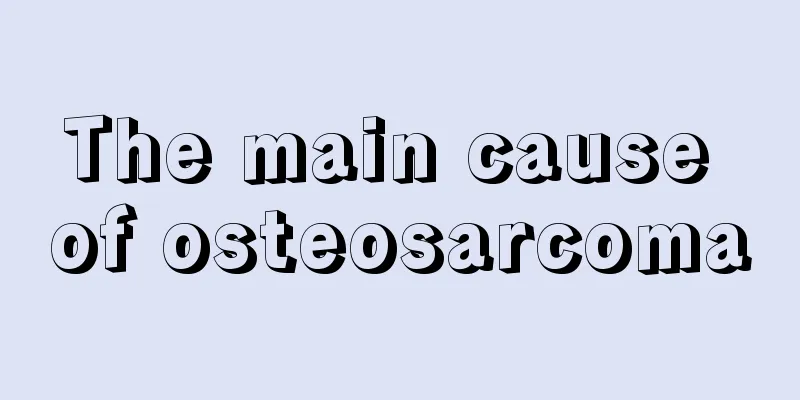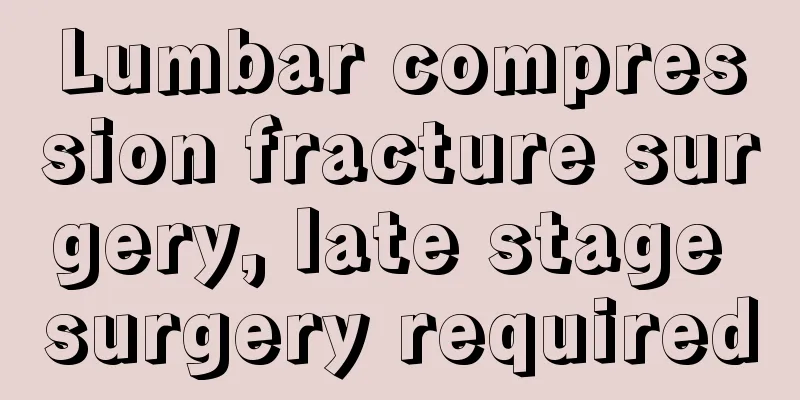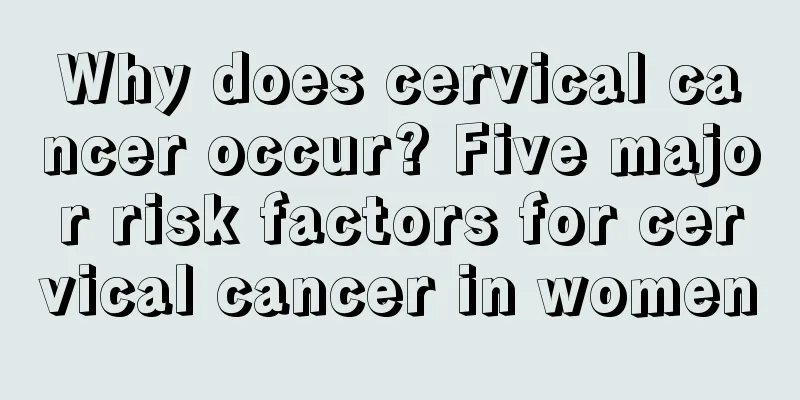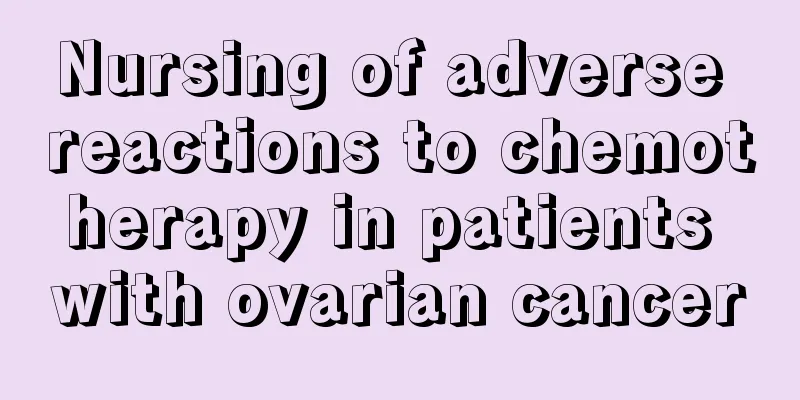What are the specific contents of surgical treatment for nasopharyngeal carcinoma
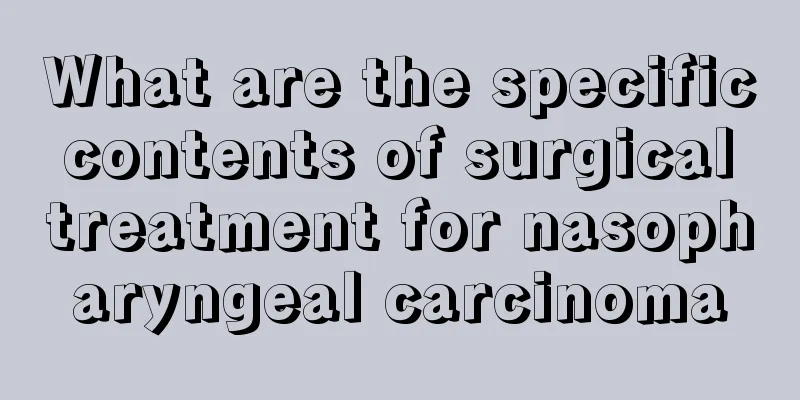
|
What are the specific contents of surgical treatment for nasopharyngeal carcinoma? After radiotherapy, the primary lesion of nasopharyngeal carcinoma has not completely shrunk, there are still remnants, or the tumor has recurred, and it is not suitable for further radiotherapy. The tumor is relatively limited, there is no skull base bone destruction or brain nerve damage, no distant metastasis, and the general condition is good. At present, radiotherapy is still the first choice for the treatment of nasopharyngeal carcinoma, and the effect is better. Surgery is the first choice, and surgery alone is not advisable. Indications: Patients with incomplete shrinkage of the primary lesion after radiotherapy, residual tumors, or recurrence of the tumor, who are not suitable for further radiotherapy, with relatively localized tumors, no skull base bone destruction or cranial nerve damage, no distant metastasis, and good general condition. Currently, radiotherapy is still the first choice for the treatment of nasopharyngeal carcinoma, which has a good effect. Surgery is the first choice, and surgery alone is not advisable. Surgical method: 1. Through the oral hard palate approach, using the same method as fibroangioma resection, enter the nasopharyngeal cavity, expose the tumor tissue, and make a mucosal incision at the safe edge around the tumor. 2. If the tumor is located on the upper part of the posterior wall of the nasopharyngeal roof, it should be separated close to the bone surface; if it is located on the lower part of the posterior wall of the nasopharyngeal roof, it should be peeled along the prevertebral fascia; if it is located on the side wall of the nasopharynx, the tumor and the side wall of the nasopharynx including the Eustachian tube protuberance must be removed together. During the operation, a curette can be used more frequently to make the tumor removal more thorough. After the tumor is removed, the base is electrocauterized, the anterior and posterior nasal packing is performed to stop bleeding, and the palate incision is sutured. Note: As most patients have undergone radiotherapy, the incision heals slowly, and when making the hard palate and tongue-shaped mucoperiosteal flap, it is advisable to avoid perforation as much as possible. Postoperative treatment: basically the same as the resection of nasopharyngeal angiofibroma. The anterior and posterior nasal packing can be removed earlier, usually starting from the 5th day after surgery, and more drops of paraffin oil can be applied a few days before the gauze strip is removed. |
<<: What are the metastatic symptoms of nasopharyngeal carcinoma and how to care for them
>>: How do the symptoms of nasopharyngeal carcinoma change from early to late stages?
Recommend
Symptoms of dying from advanced prostate cancer
The terminal symptoms of prostate cancer include ...
What's the matter with the white film on homemade wine
Autumn is the time when grapes are ripe. Many peo...
How to prevent nasopharyngeal cancer How is nasopharyngeal cancer formed
Everyone knows that preventing problems from happ...
Can kidney stones be treated? What to do if the pain is unbearable?
Kidney stones are a diverse disease. Kidney stone...
How to make Phnom Penh rose tea
In addition to symbolizing love, roses can also b...
How do I know what my skin type is
A person's skin type is often different, whic...
What should I do if the room is stuffy and unventilated?
In the hot summer, many people will experience th...
The reason why non-small cell lung cancer antigen is high
Non-small cell lung cancer antigen (Cyfra21_1) is...
What are the symptoms of chronic spastic bowel? Let me introduce you to chronic intestinal spasm
The human body is divided into the large intestin...
What should be checked after surgical treatment of thyroid cancer
Thyroid cancer surgery requires regular follow-up...
What are the dangers of dyeing hair
I believe many people have the experience of dyei...
Are mosquito coils generally harmful to the fetus?
Summer is the time when mosquitoes are rampant, a...
How to treat chronic pericarditis? It turns out to be like this
Chronic pericarditis is a precursor to chronic co...
Analysis of common treatments for bladder cancer
With the advancement of social science and techno...
Which is more terrible, cervical cancer or breast cancer
Which is more terrible, cervical cancer or breast...
